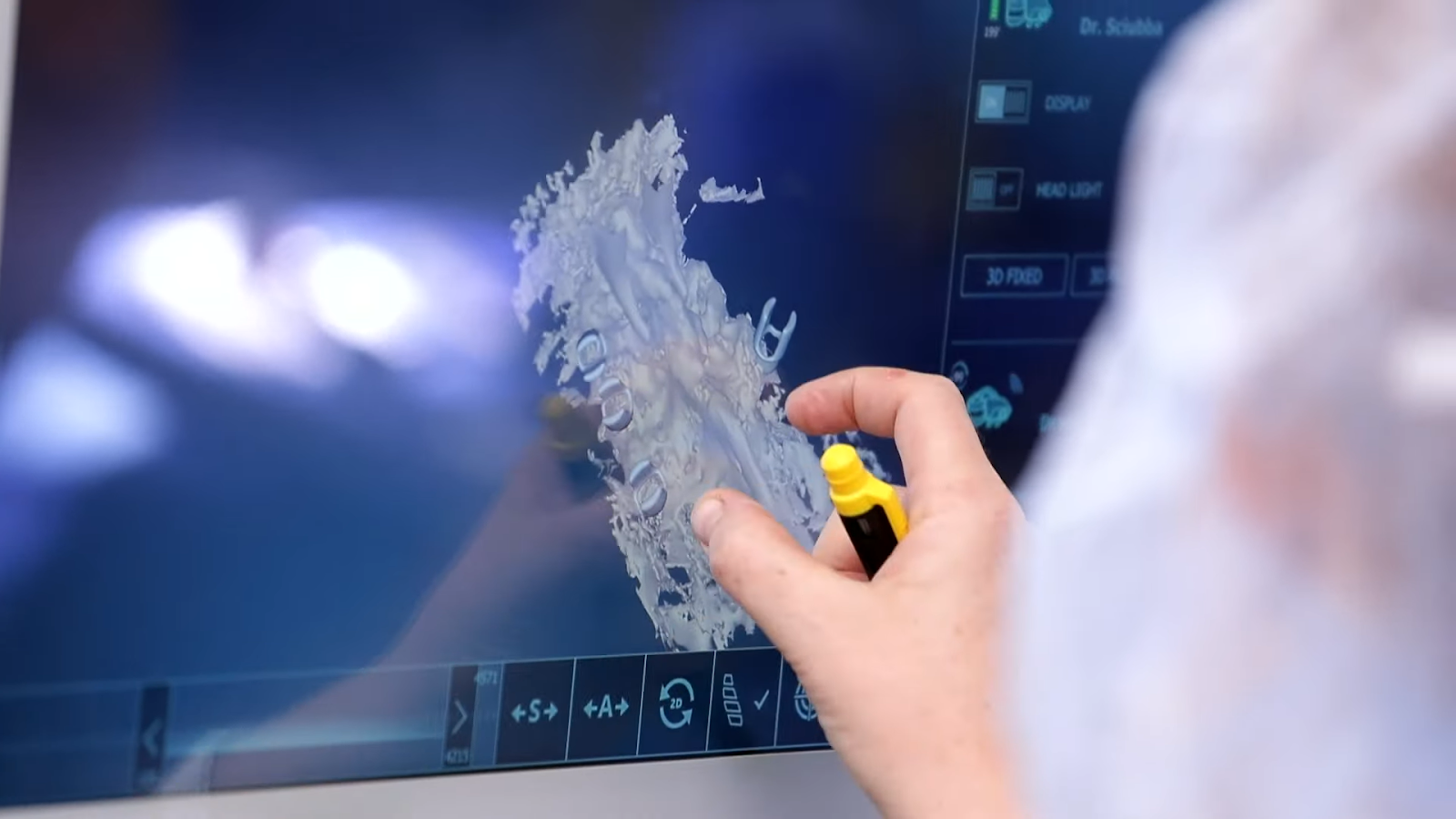From classrooms to operating theatres, newborns to grandparents, virtual and augmented reality is already improving health care. While the world was distracted with metaverse avatars and virtual meetings, spatial computing has been leading a quiet revolution to help everyone live longer, happier lives.
Imagine looking up during your operation, the doctors nowhere to be seen, and a robotic arm starts moving towards you. Robotic-level precision in hospital is a welcome innovation of modern healthcare, and it's powered by extended reality headsets that have found more use in medicine than in the metaverse.
Four years ago, doctors at John Hopkins University performed their first augmented reality surgery. Just like in Iron Man, augmented reality glasses lit up with anatomical data projected directly onto their view of the patient, helping the doctor operate on a dangerous spine tumour.
X-ray vision, once a superpower of comic book fantasy, appeared in the operating theatres of a world-renowned hospital – and barely drew a murmur from the global press. This should tell us something.
.webp)
The chatter around extended reality has mostly focused on its potential as a consumer device. Headsets are judged by their ability to serve as a phone, an entertainment system, or a productivity tool.
But to assess extended reality on this basis is to miss the point entirely. XR is not a gadget, it is a technological foundation, and it offers transformative benefits that extend far beyond leisure.
If you want to see the real potential of any technology, don’t look to new ways to watch a film, look to the frontiers of human activity – to the most complicated, specialised, and important things that we do. Look to things like healthcare. Extended reality isn’t just a new way to watch Iron Man. It’s also letting doctors become Iron Man.
“It’s a gamechanger.”
— Dr. Timothy Witham, John Hopkins University
Future doctors will have their career guided by extended reality, from school to the hospital. They’ll be learning how to conduct surgery and navigate human anatomy not from textbooks or screens, but from lifelike 3D replicas.
Not only does this make it easier to train doctors-to-be in a crowded classroom, but students learn better in extended reality too. They become better doctors as a result. Surgical students trained with the Osso VR surgery platform increased their overall performance by an eye-popping 230% compared to those trained using traditional methods.
In a world in which 30% of new surgeons struggle to operate independently and where lower-skilled doctors have mortality rates five times higher than their higher-skilled counterparts, extended reality education could help the 7 million patients who experience surgical complications every year. Surgery is even a key focus for the Apple Vision Pro.

Beyond surgery, doctors are using virtual reality to detect Alzheimer’s disease, repair brain injuries, treat mental health issues, and pioneer entirely new forms of pain management. With Meta’s $250 Quest 2 headset coming in cheaper than a year’s painkiller prescription, future opioid crises could be mitigated with doses of VR headsets instead.
Extended reality is also transforming how doctors and patients interact. Take Smileyscope, an Australian-based healthtech firm that uses XR to help children overcome phobias of needles. Wearing the company's purpose built headset, an injection is reimagined as an aquatic adventure. As the child’s injection site is washed and sterilised, ocean waves appear to wash over their body, whilst the injection itself is accompanied by tiny animated fish nibbling at the skin.
Smileyscope creates the kind of sensory stimulation that would be impossible without extended reality. The tech is now integrated into paediatric hospitals across Australia and the US. “My child has had over 300 procedures,” said one parent of a five year old, who preferred to remain anonymous. “This is the first time he has not cried.”

At the other end of the age spectrum is eldercare. Headset providers like Rendever supply meditation apps, immersive video calls, and virtual travel experiences that let residents revisit childhood homes, old workplaces, and beloved natural locations. It’s much better than TV, significantly decreases feelings of loneliness and depression, and helps caregivers and patients establish trust.
These are landmark achievements that cut across the entire industry. From classrooms to operating theatres, newborns to grandparents, virtual and augmented reality is already improving health care. Progress is only going in one direction. While many of us were distracted with metaverse avatars and virtual meetings, extended reality has been leading a quiet revolution to help everyone live longer, happier lives.
Clovis is a New Zealand born writer, journalist, and educator working at the meeting point between music and technological innovation. He is also an active composer and sound artist, and his virtual reality and live-electronic works have been shown in over fifteen countries around the world.